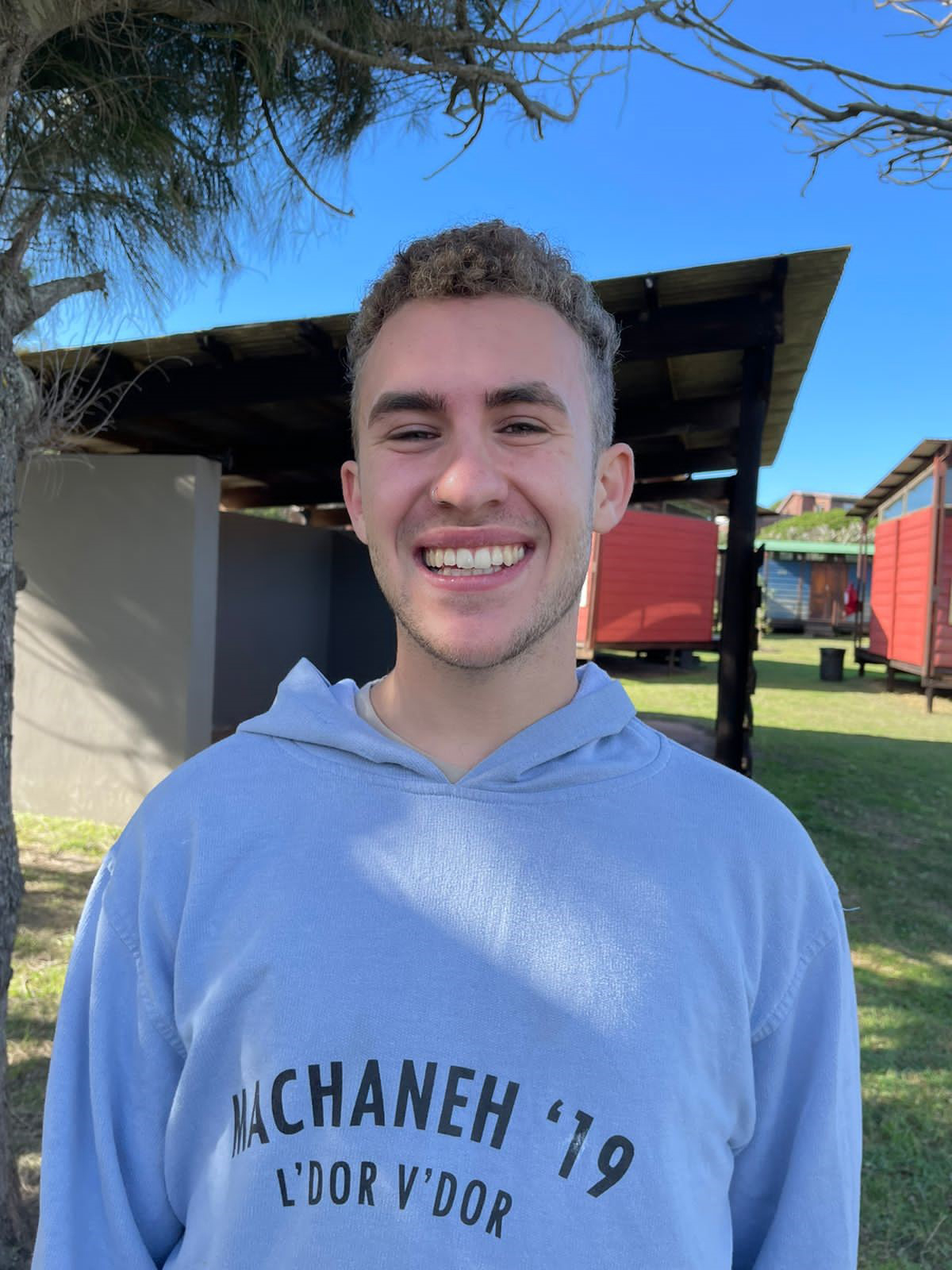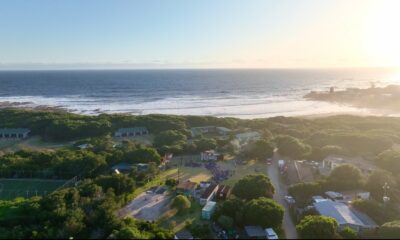
OpEds

In Habonim, a Jew is a Jew is a Jew
Sometimes in life, we’re confronted by things which completely shift our perspective of what it means to be Jewish. Falling into the comfort of “knowing” what a Jew acts like or how a Jew looks can be easy at times. But I recently had one of those shifting moments while visiting small Jewish communities along the coast with Habonim.
After dealing with COVID-19 for the past 27 months with all the cancellations and heartbreak, we’re in a year of rebuilding. The energy we’re experiencing is similar to that of the stories we have always heard about Habo in the early 2000s.
In those years, the movement was on the brink of closure, but was resuscitated by a group of madrichim who combatted the problems of their time with creative solutions and much heart. Their exploits were even documented in a book (Like a Phoenix from the Ashes by Doron Isaacs and Wayne Sussman and published in 2008).
Fast forward to today, and the creativity and drive of Habonim members has become the stuff of legend. One such adventure was a trip along the coast connecting with small Jewish communities.
We decided to take a page out of their book. Having lived in Cape Town and Johannesburg, and having access to our plethora of Jewish institutions, seeing what these small communities looked like was absolutely fascinating.
I’m part of Habonim because I really believe in the importance of having an informal space for South African Jewish youth to engage with each other and the world around them.
I’m used to connecting with “big city” kids (at least) on a weekly basis. But what about the Jewish kids who don’t have the same access to these spaces where they can just be around other Jewish youth? The perks of Glenhazel or Sea Point are evident – one advantage is that we need look only down the road for community.
But on this trip, I learned that we take our de facto Jewish lives for granted. It’s easy to become a “passive” Jew when you’re in such environments.
This realisation seeped in quickly on our first stop, Mossel Bay, where the entire Jewish community of the city is situated in one house. There were diverse reasons for wanting to move away from our bigger cities – the calm and nature are compelling enough – but as a Jew, it does seem to come with sacrifice.
That isn’t to say that the Garden Route community doesn’t live as Jewish a life as the broader population – tradition and Jewish education just happen at the home.
I’m biased in my views of community, but growing up in a large community isn’t the norm. Jews from every era and corner of the world have managed to exist in small outposts. (There’s a joke that Neil Armstrong was taken aback after finding a Chabad emissary when he made his first steps on the moon).
But we were welcomed by families who were ready to connect with other Jews. Another lesson: being Jewish is about connecting.
It was hard to find Jews in these places. Many didn’t want to be bothered. However, there were those who made the effort to connect to community.
Whether it was meeting Lauren Pelser, who somehow gathers scattered people from every corner of the Garden Route for chaggim (her face lit up when speaking about an annual seder held in her restaurant attended by dozens). Or the three families in Oudtshoorn, who still manage to create a minyan, not for a specifically religious purpose, but to keep together.
Lesson three: no matter the size of the community, there will always be those who give of themselves.
It wasn’t hard to break the ice with those who we met. It did throw me off at first when a Jewish youngster had an Afrikaans accent rather than a Sea Point one. Those barriers quickly fell away because: lesson number four – a Jew is a Jew is a Jew.
We’ll always have a bond with each other. No matter how foreign the culture, no matter how deep the faribel, like it or not, we always have been and always will be connected.
A particularly touching moment captured the “Habo magic” of the trip. We were meeting community leaders in George, who decided to contact a 16-year-old boy and his mother to join us for coffee at the last minute.
Somehow, the meeting fell into place, and we managed to meet (right before leaving for Knysna). We were all talking about the standard things — machaneh, what it’s like to live in George, and so on, when his mother mentioned that her son was yet to have his Barmitzvah.
Our lightbulbs lit – soon we were messaging rabbis and caterers, and on the spot, had planned a machaneh Barmitzvah at Onrus Shul. His mother teared up, and what started as a 20-minute meeting turned into an hour and a half of emotions, connecting, and what I can only describe as magic.
After a gruelling but supremely worthwhile 20 hours of driving later, I feel like the torch has been passed down. Paradigm shifts have always been what Habonim is about – from Cape Town, Mossel Bay, George, Knysna, Plett, Gqeberha, Oudtshoorn and beyond.
We’ll continue to spread the magic further for many years to come. עלה והגשם — Rise up and fulfill!
Brad Gottschalk is a current boger of Habonim and rosh channichimot (head of children) in Cape Town.











Louise Kessel
July 17, 2022 at 9:05 am
Impressive. I was very touched by your efforts and heart in connecting with Jews all over S.A.
Marie Visser
December 22, 2024 at 10:32 am
Good morning, I pls want to known if in Mossel Bay is a Jewish community living and their contact number/residential address. I am a reborn Christian with a heart for Israel, the chosen nation of the Lord our God. May God bless them and keep them.
Marie Visser